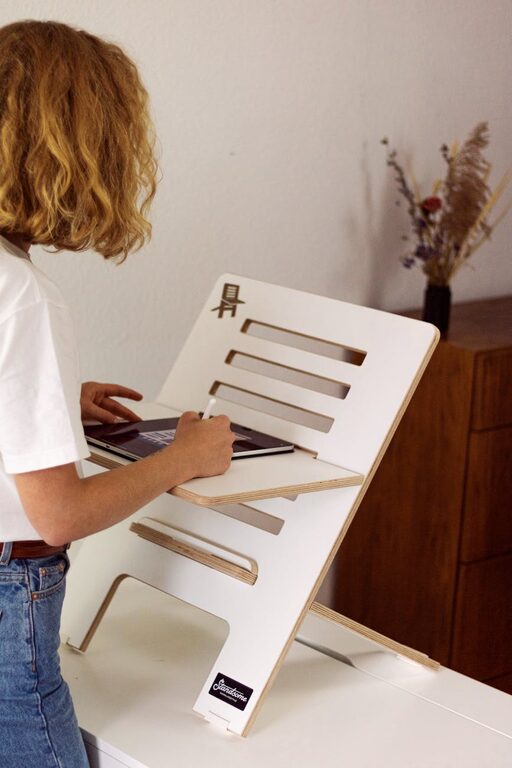Creating a workspace that promotes focus and comfort is essential for productivity and well-being, whether you work from home or in an office. A well-designed desk setup can reduce distractions, prevent physical strain, and improve your overall work experience. In this post, we’ll explore practical tips to help you set up a desk that supports both your mental clarity and physical comfort.
Why Your Desk Setup Matters
Your desk setup impacts more than just aesthetics. It affects your posture, energy levels, and ability to concentrate. Poor ergonomics can lead to discomfort, fatigue, and even injury over time. On the other hand, an organized and comfortable workspace can make long work sessions easier and more enjoyable.
Choosing the Right Desk and Chair
Desk Height and Surface
Start with a desk that fits your height and working style. Ideally, your desk should allow your elbows to rest at about a 90-degree angle when typing or writing. Adjustable desks are great because they can accommodate sitting and standing positions, which is beneficial for your health.
Comfortable Chair
Select a chair with good lumbar support and adjustable features, such as seat height and armrests. Your feet should rest flat on the floor and your knees should be at a 90-degree angle. If your chair is too low or too high, it can cause strain on your back and legs.
Monitor Placement
Position your computer monitor directly in front of you, about an arm’s length away. The top of the screen should be at or slightly below eye level to prevent neck strain. If you use a laptop, consider a stand or external monitor to maintain proper height and avoid looking down for extended periods.
Keyboard and Mouse Setup
Keep your keyboard and mouse close enough so your elbows remain by your sides. Your wrists should be straight, not bent, while typing or using the mouse. Using a keyboard tray or wrist rests can improve comfort and reduce the risk of repetitive strain injuries.
Optimize Lighting for Focus
Good lighting reduces eye strain and boosts alertness. Natural light is best, so place your desk near a window if possible. If natural light isn’t an option, use a desk lamp with adjustable brightness and color temperature. Avoid glare on your screen by positioning lights to the side or behind your monitor.
Minimize Clutter and Organize Supplies
A tidy desk helps reduce distractions and makes it easier to focus. Use desk organizers, trays, or small containers to keep pens, papers, and other supplies neatly arranged. Regularly declutter your workspace to maintain an inviting and productive environment.
Personalize Your Space Thoughtfully
Adding personal touches like photos, plants, or artwork can make your workspace more enjoyable. However, avoid overdecorating, as too many items can become distracting. Green plants, in particular, can improve mood and air quality.
Incorporate Movement Breaks
Even with the best setup, sitting for long periods isn’t ideal. Incorporate short breaks to stand, stretch, or walk around every hour. Consider using a standing desk or a balance board to change positions throughout the day.
Cable Management for a Cleaner Desk
Tidy cables enhance the look of your desk and prevent tangling. Use clips, ties, or sleeves to bundle cords together and keep them out of sight when possible. A clean setup contributes to a calm and focused mindset.
Use Noise Control Tools if Needed
If noise is a distraction, consider noise-canceling headphones or white noise machines to help maintain concentration. Creating a quiet workspace supports better focus, especially in busy environments.
Final Thoughts
Designing a desk setup that supports focus and comfort involves paying attention to ergonomics, organization, lighting, and personalization. Small adjustments can make a big difference in your workday quality. Experiment with these tips to find what works best for you, and enjoy a more productive and comfortable workspace.

